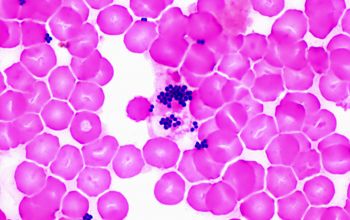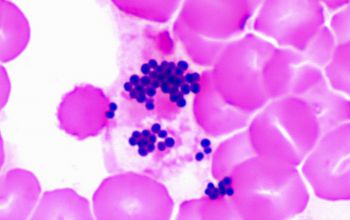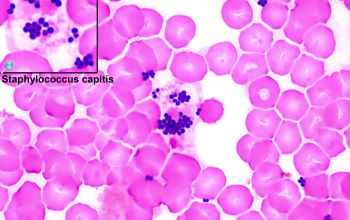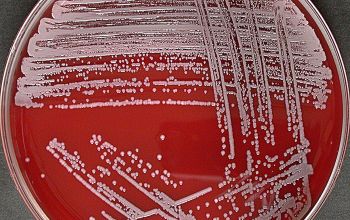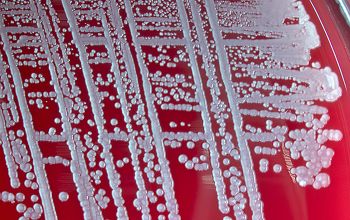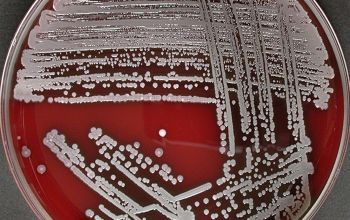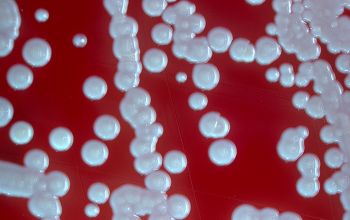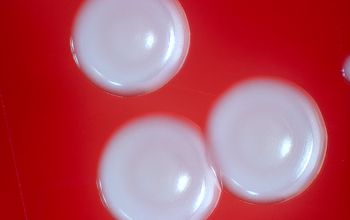Staphylococcus capitis subsp capitis
-
General information
Taxonomy
Family: Staphylococcaceae
Natural habitats
S. capitis is found surrounding the sebaceous glands on the forehead and scalp following puberty
They are ubiquitous in nature, but are mainly found on the skin of human, mammals and birds.
Clinical significance
They have a relatively low virulence and can cause infections in patients with lowered resistance, especially in immune compromised patients.
CNS infections occur in implantation of foreign objects, such as intravenous catheters or bone prostheses.
Is repeatedly CNS, in pure culture or in mixed culture isolated from the material, then this confirms the presence of an infection.
The correct identification of CNS is necessary in order to get an idea of the pathogens in this group.
-
Gram stain
Gram positive cocci,
0.5-1.2 µm
that occur in irregular grape-like clusters and,
less often, single and in pairs, tetrads, and in short chains.
-
Culture characteristics
-
Facultative anaerobic
BA: colonies are small to medium, smooth, slightly convex, opaque, glistening, white or grayish.
Some species become yellowish or yellowish-orange, after storage in the cold (4-10°C).
Non or delayed hemolysis and grows best under aerobic conditions.
McConkey: growth
BBAØ: growth
-
-
Characteristics
-
References
James Versalovic et al.(2011) Manual of Clinical Microbiology 10th Edition
Karen C. Carrol et al (2019) Manual of Clinical Microbiology, 12th Edition

